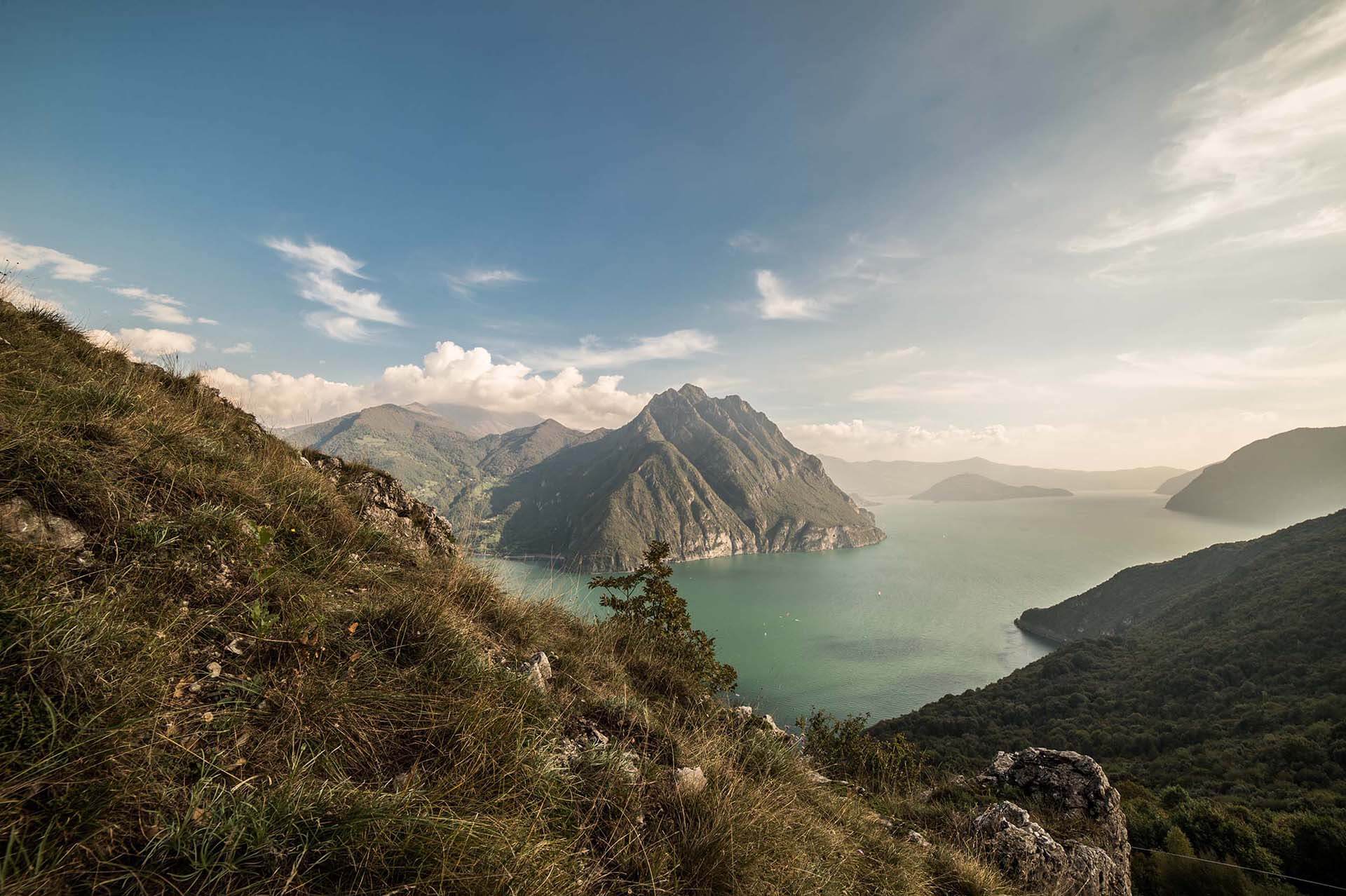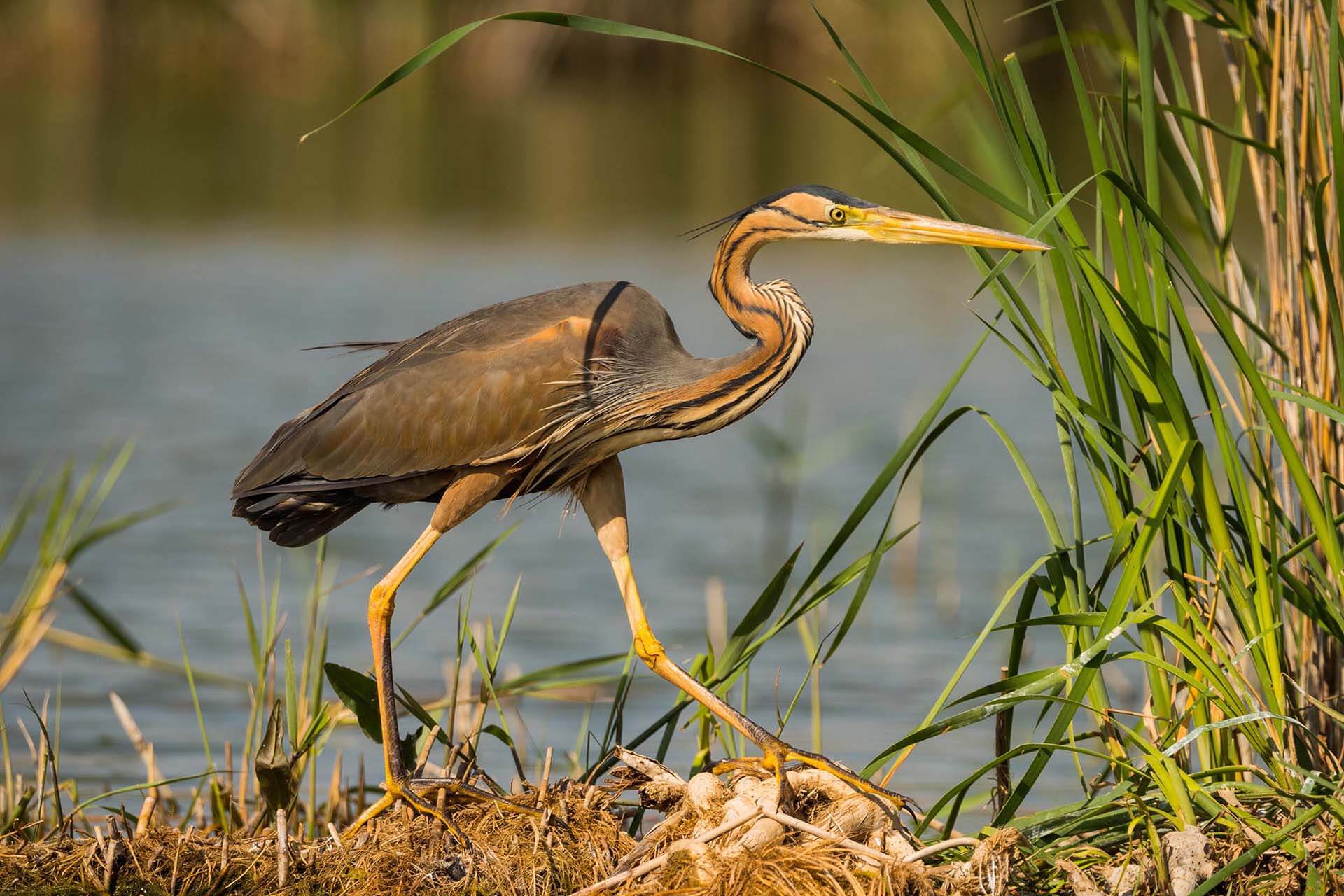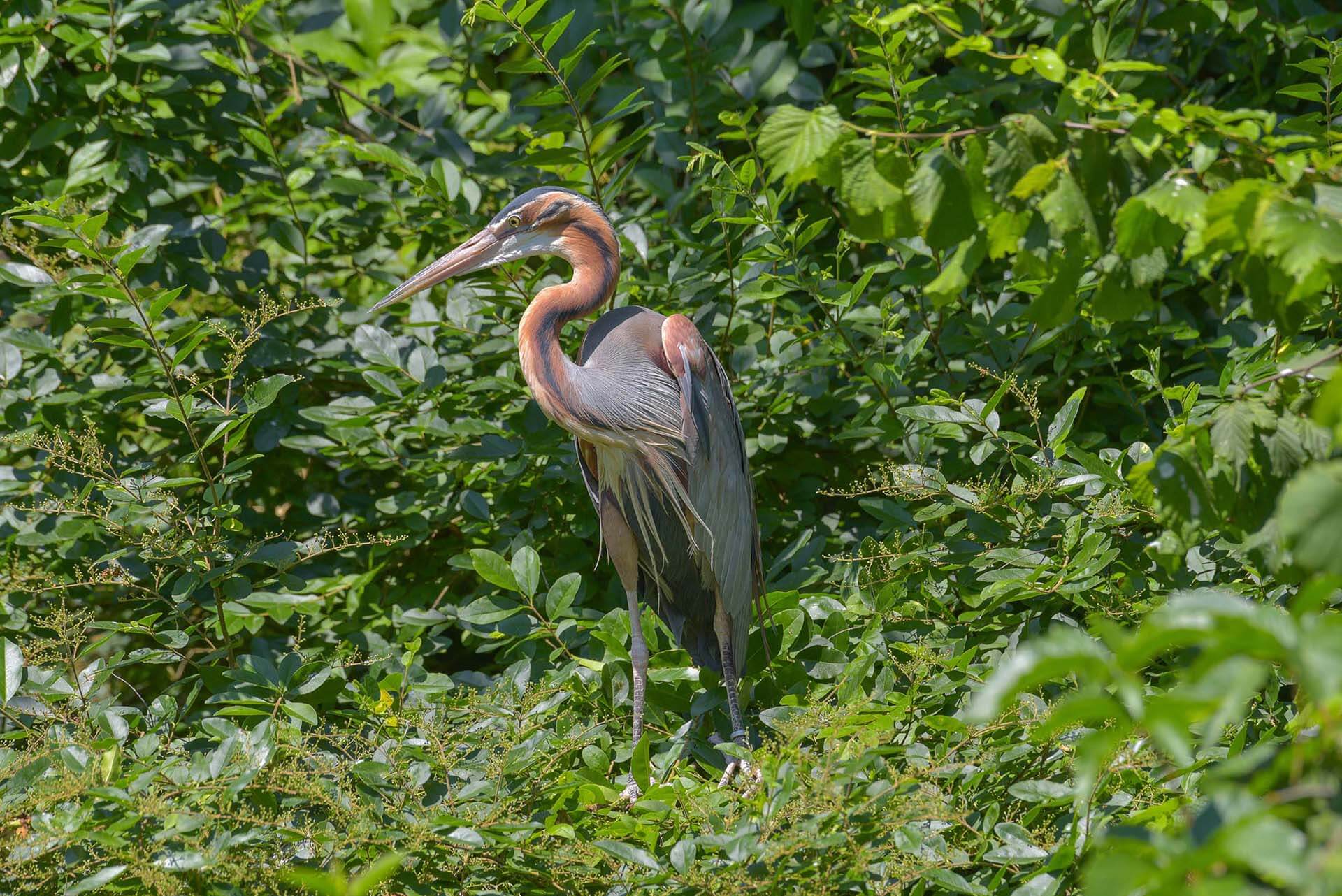Safeguarding biodiversity is not only a moral obligation, it is a necessity: we must protect nature in order to protect ourselves. Through the support of Project Purpurea, Centinari aims at contributing in raising awareness on this protected species, therefore supporting appropriate measures of long-term protection and conservation.
Adoption means taking care, and following up- close. We can do this with Project Purpurea: by applying a small “backpack” weighing only a few grams, containing a micro GPS on the shoulders of the Heron, we can follow its movements in real time, day after day and wherever it goes in the world.
Anyone can connect to the Animal Tracker App, which is free for any mobile device: by entering the chosen Heron’s nickname (for example try ‘Beppe’, ‘Mauro’ or ‘Zlatorog’), or simply ‘Ardea purpurea’ it is possible to see all of the movements in the last 12 months of the Herons equipped with GPS.
The transmitters are tiny solar powered devices, made of hypoallergenic materials. They have been built to last over time, but all too often may be damaged by external factors. “ Unfortunately, it is very difficult to continually track animals over a number of years”, explains Michelangelo Morganti. In any case, this research is fundamental in understanding the behaviour of the Purple Heron during reproduction, therefore in summer and migration. Where they go when they leave and what path they choose to follow, how they interact with the wind and what places they choose in Italy and Africa.
This is a very important aspect of the research, because it gives us information on what type of habitat we need to safeguard in order to protect the species. Our commitment to the Heron, is a promise made to its natural habitat, wherever that may be, especially when it is within the magical territory of Franciacorta.











